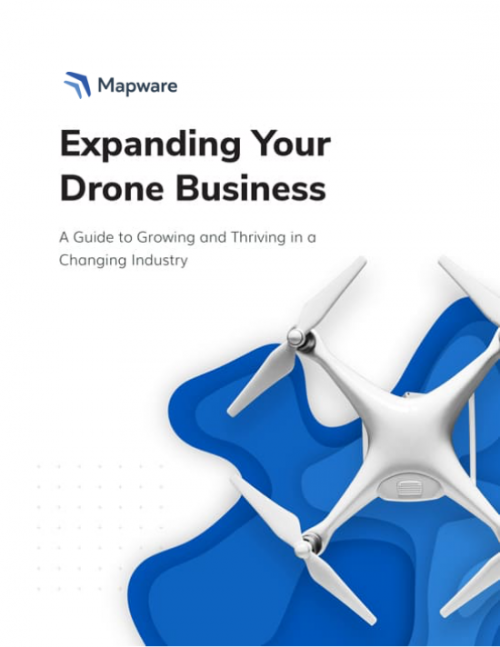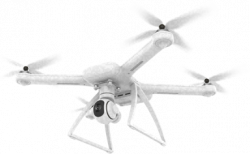Archives
- July 2023
- June 2023
- May 2023
- April 2023
- March 2023
- February 2023
- January 2023
- December 2022
- November 2022
- October 2022
- September 2022
- May 2022
- April 2022
- March 2022
- February 2022
- January 2022
- November 2021
- October 2021
- March 2021
- July 2020
- May 2020
- April 2020
- March 2020
- December 2019
- October 2019
- September 2019
- June 2019
- May 2019
- April 2019
- September 2018
- June 2018
Smart mapping tools to grow your business.
The fast, easy-to-use Geographic Information Platform that unifies every aspect of the mapping workflow, from flight planning and data collection to spatial analysis.
✔ Decrease field & processing time
✔ Fuel communication & collaboration across teams
✔ Stay on track, within budget & secure
The drone photogrammetry solution trusted by…
This is aerial photogrammetry 2.0.
Mapware is bigger.
Mapware is faster.
Our lightning-fast software lets you get from raw data to finished map in record time.
Mapware is more accessible.
Access your entire map library from your web browser with our user-friendly interface.
Designed for the most demanding situations.
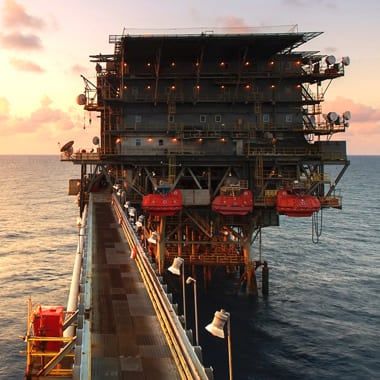
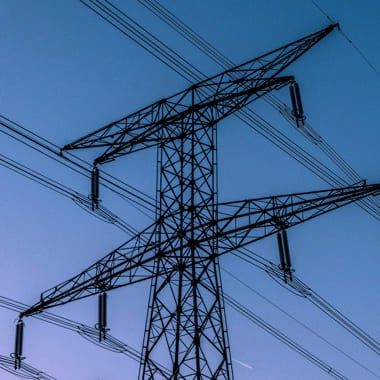
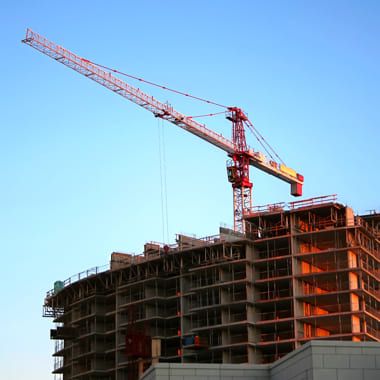
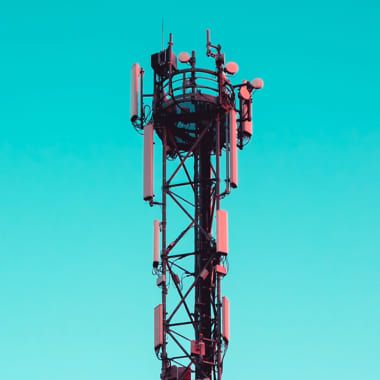
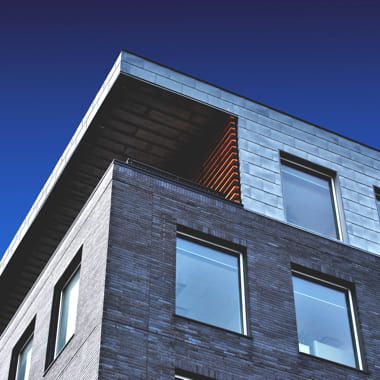
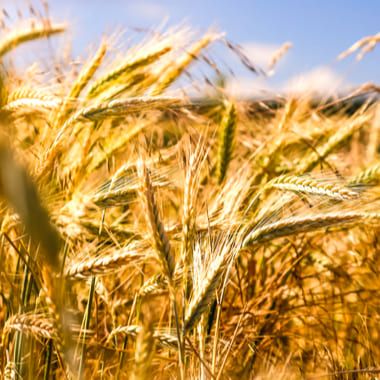
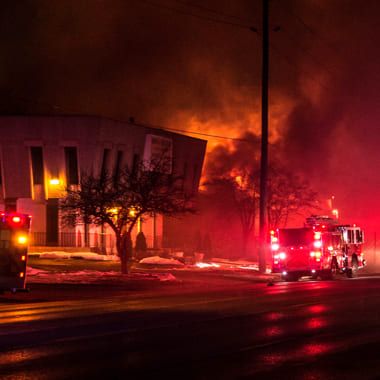
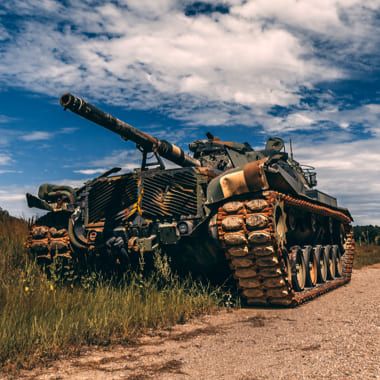
Mapware is a Leader in Photogrammetry Software
The crowd has spoken.
Mapware is proud to be a leading company in the top right quadrant on the #1 independent software review site.
Read unbiased reviews from real customers and compare yourself.
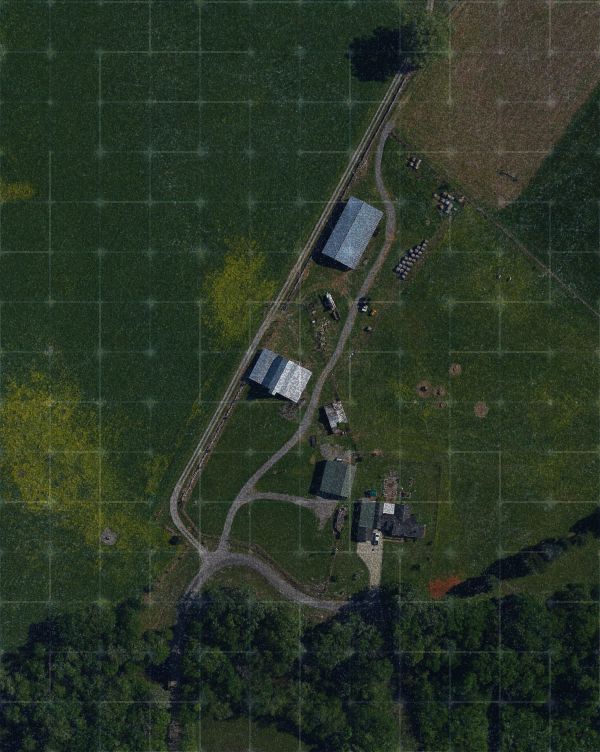
Safe and reliable drone mapping software
Generate more profit from every UAV mission.
Join our mailing list to stay up to date on the latest releases, product features and industry trends.
Mapware needs the contact information you provide to us to contact you about our products and services. You may unsubscribe from these communications at any time. For information on how to unsubscribe, as well as our privacy practices and commitment to protecting your privacy, please review our Privacy Policy.
